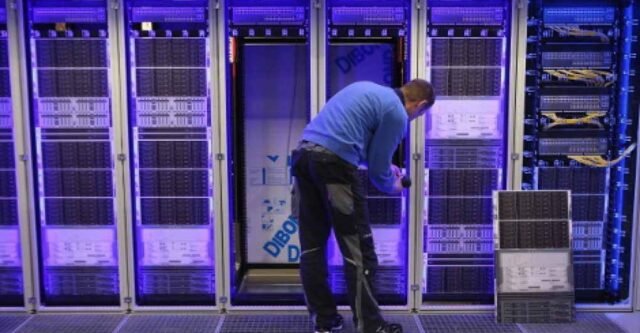Businesses today have more data than ever before. This is partly due to the ubiquity of digital cameras but also because businesses are collecting data at an alarming rate. Much of this data is essential and needs to be retained for future reference or analysis. Once a company has outgrown its storage capabilities, investing in flash storage such as 3D NAND is the only option.
3D NAND is a type of flash storage that has taken the market by storm in recent years. It is faster, more reliable, and longer lasting than traditional flash storage options. If you are a business owner looking for a better way to store your data, then 3D NAND may be the right choice.
Contents
What Is Flash Storage and What Are the Benefits for Businesses?
Flash storage is a type of non-volatile storage that stores data on interconnected flash memory chips. Flash storage is used in various applications, including digital cameras, USB flash drives, and solid-state drives (SSDs). SSDs are a flash storage type commonly used in computers and servers.
Flash storage offers several benefits over traditional hard disk drive (HDD) storage for businesses, including the following:
- Fast data access – Flash storage offers fast data access speeds, meaning businesses can access their data quickly and efficiently. This is important for businesses that need to access their data rapidly to make decisions or take action.
- Reduced power consumption – Flash storage consumes less power than traditional hard drives, which means businesses can save money on energy costs.
- Increased durability – Flash storage is more durable than traditional hard drives, which means businesses can rely on it for long-term storage.
If you’re looking for a fast, reliable, and durable storage solution for your business, 3D NAND flash memory is the way to go. What 3D NAND flash memory offers is the fastest data access speeds and the most reliable storage, making it the ideal choice for businesses needing the best storage solution.
How Does Flash Storage Work and What Are Its Limitations?
Flash storage is a type of non-volatile memory that can be written to and erased electronically. Most people are familiar with flash storage, but few know how it works. Unlike traditional hard drives, which store data on spinning disks, flash storage chips don’t have any moving parts. This makes them more durable and much faster.
Flash storage gets its name from the way it stores data. Data is stored in what are called “cells.” Each cell consists of a grid of electrodes. These electrodes can be either positive or negative. When a cell is charged, electrons flow from the negative electrode to the positive electrode. This creates a current that represents the stored data.
To read the data, the current is measured and decoded. Flash storage can be divided into two main categories: NOR and NAND.
- NOR Flash is typically used for storing program code
- NAND Flash is used for storing data.
NAND Flash is further divided into TLC, MLC, and SLC.
- SLC (Single-Level Cell) NAND can store one bit per cell and is, therefore, the most reliable and efficient type of flash memory.
- MLC (Multi-Level Cell) NAND can store two bits per cell and is less reliable but much cheaper.
- TLC (Triple-Level Cell) NAND can store three bits per cell and is even less reliable but very inexpensive.
3D NAND is currently the most advanced type of flash memory available. However, flash storage has some limitations relative to hard disk drives:
- It typically has a shorter lifespan
- More expensive per gigabyte.
- Lower data density than traditional NAND.
As a result, it is typically only used in applications where reliability and speed are more critical than cost-effectiveness.
Bottom line
Flash storage is a powerful tool for businesses that want to improve their performance and speed. By understanding how flash storage works and its benefits, businesses can make an informed decision about whether or not to invest in this technology.
While there are some limitations to flash storage, its advantages far outweigh these drawbacks. With the ever-growing importance of data speed and performance, flash storage is quickly becoming a must-have for businesses of all sizes.




